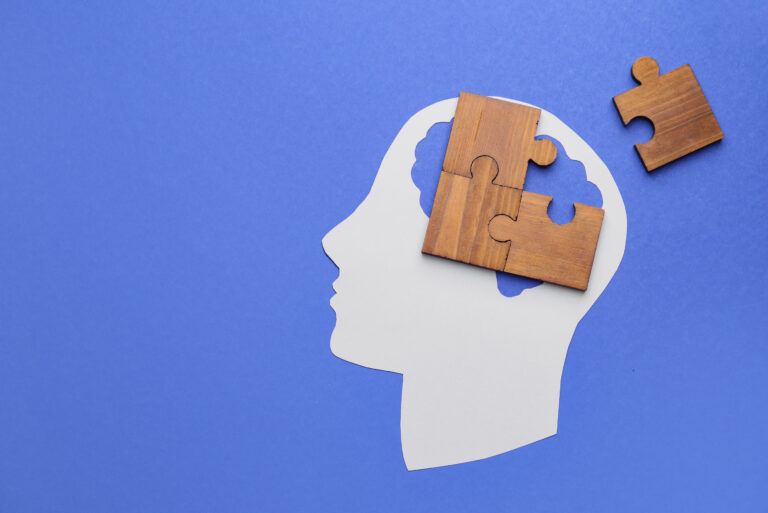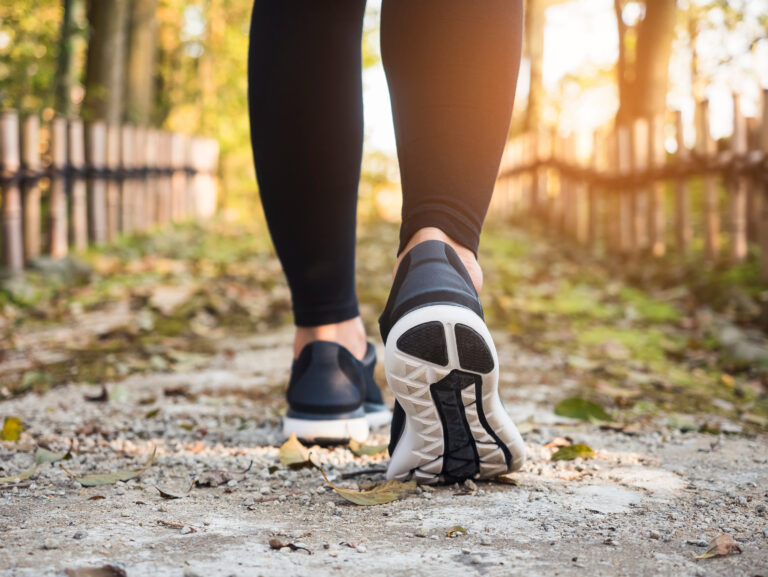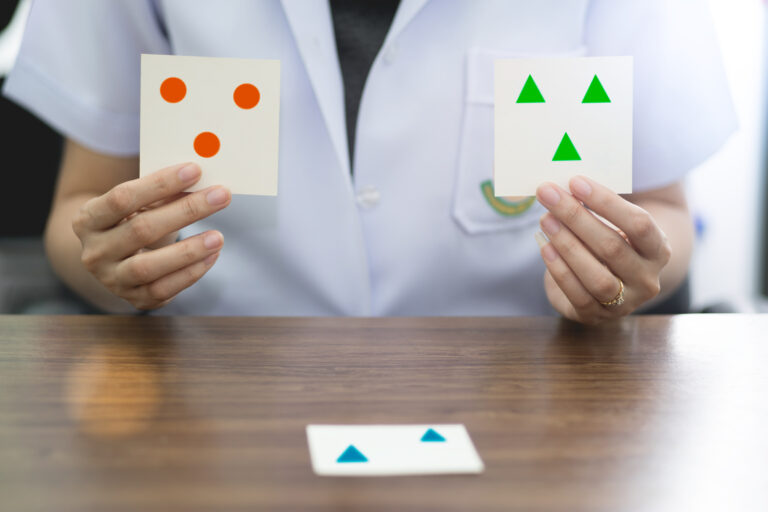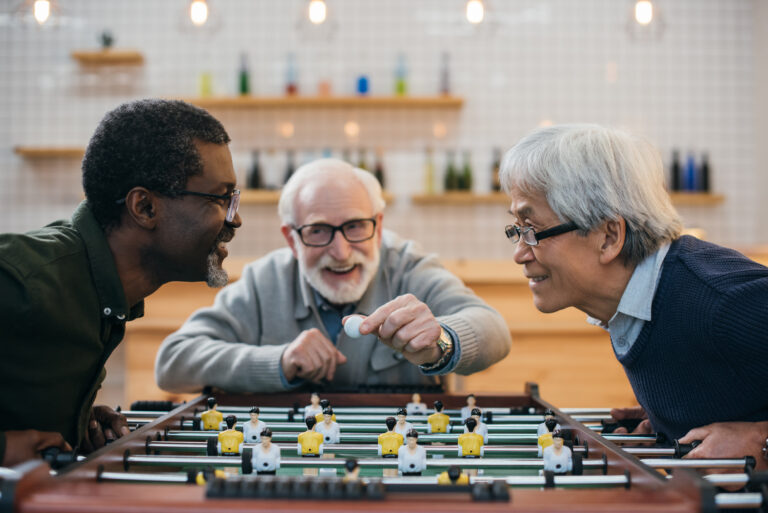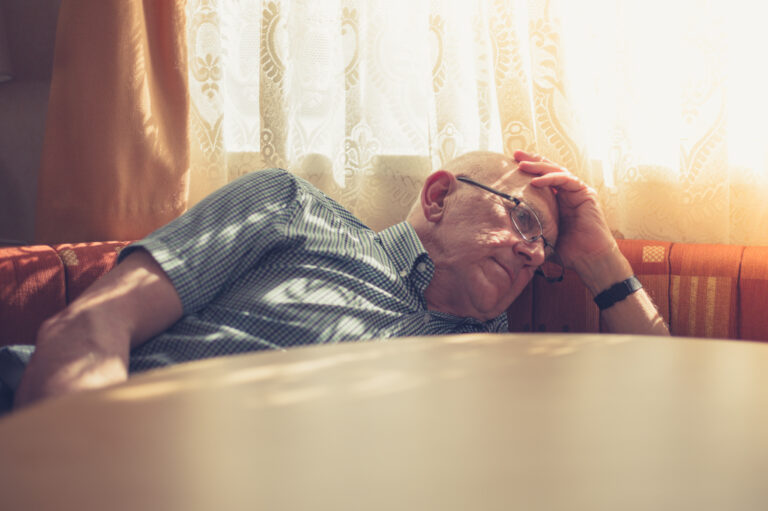**Why Some Clays Are More Dangerous Than You Think**
You might think clay is just dirt, but certain types can hide serious health risks. Here’s what you need to know about the hidden dangers lurking in some clays and ceramic products.
—
### 1. **Toxic Metals in Clay**
Clay isn’t always pure earth—it can contain harmful metals like aluminum, arsenic, or antimony[1]. These toxins seep into food when cooking with untreated clay pots or using contaminated ceramics. Over time, exposure to these metals has been linked to organ damage and other health issues[3]. Even soil pollution globally adds to the problem, as industrial activities leave toxic residues in natural clay deposits[3].
—
### 2. **Asbestos Lurking in Talc-Based Products**
Many clays and ceramics use talc as a binding agent or filler. The catch? Natural talc is often contaminated with asbestos, a known carcinogen linked to lung cancer and mesothelioma (a rare cancer affecting organ linings)[2][5]. Workers in ceramic manufacturing face higher risks due to prolonged exposure[2], but everyday items like talcum powder (historically used for hygiene) have also caused lawsuits over cancer claims[5]. While companies now claim asbestos-free talc is safe, studies remain inconclusive about long-term risks of even “clean” talc[5].
—
### 3. **Silica Dust: A Silent Threat**
Clay products often contain silica, which turns into fine dust during shaping or sanding. Inhaling this dust can cause silicosis—a lung disease that scars tissue and makes breathing difficult[4]. Potters and construction workers are especially vulnerable if they don’t wear masks or work in ventilated areas[4].
—
### What Can You Do?
– **Test your cookware**: Avoid unsealed clay pots unless certified toxin-free[1].
– **Check labels**: Look for “asbestos-free” certifications on talc-based products like cosmetics or ceramics[5][2].
– **Wear protection**: Use N95 masks when handling dry clay or sanding ceramics to block silica dust[4].
While not all clays are dangerous, being aware of these risks helps you make safer choices—whether you’re crafting pottery or buying kitchenware.
